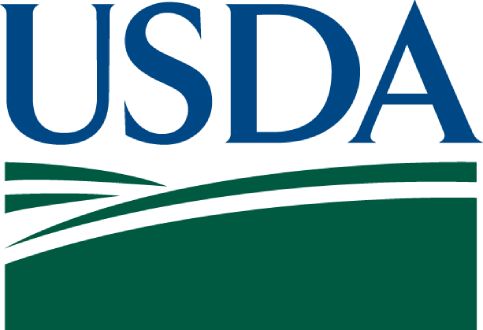Examination of the Effect of Supplemental Nutrition Assistance Program (SNAP) Benefit and Eligibility Parameters on Low-Income Households (Fact Sheet)

Key Findings:
- Shelter, food, and transportation expenses account for nearly three-quarters of household spending.
- SNAP deductions, with the exception of some provisions specified in the excess shelter expense deduction, generally reflect actual expenditures reported by low-income households.
- Although the existing SNAP deductions reflected expenditures relatively well for the types of households covered by the deductions, some household types not covered by the deductions can incur substantial expenditures.
- Low-income households do not receive deductions for some common types of expenditures.
This study for the U.S. Department of Agriculture (USDA) Food and Nutrition Service (FNS) examines how well the policies that determine benefit levels for the Supplemental Nutrition Assistance Program (SNAP) reflect the current spending patterns of low income households. It is a national study that draws on Consumer Expenditure Survey (CE), SNAP Quality Control (QC), and Survey of Income and Program Participation (SIPP) data to examine the expenditures of low income households across the United States in 2013 and 2014.
Generally, SNAP benefit levels are based on net household income, which accounts for a set of deductions intended to capture household spending on housing, health care, work related costs, and other specified expenses. These expenses reduce what is available for food purchases. To determine household SNAP benefit levels, FNS assumes that households spend 30 percent of their net income on food. Over the years, however, changes in household spending patterns on food, housing, health care, transportation, and other areas may have led to incongruences between SNAP eligibility criteria and benefit levels and the current circumstances of low income households. This study finds that SNAP’s existing deduction amounts generally reflect the expenditures reported by low income households covered by the deductions. However, this finding applies to SNAP’s current deduction structure and households that qualify for those deductions. Some household types not covered by the deductions have substantial expenditures, particularly in the area of medical expenses—for which a deduction is available only to elderly participants and those with disabilities.
How do you apply evidence?
Take our quick four-question survey to help us curate evidence and insights that serve you.
Take our survey
